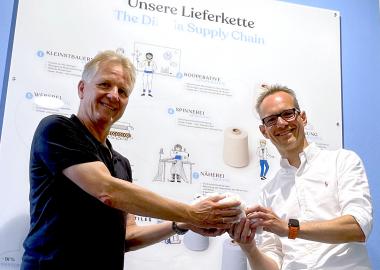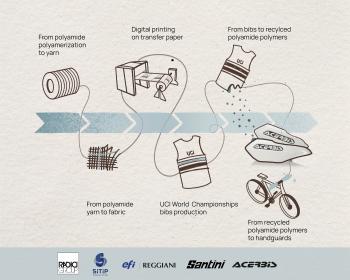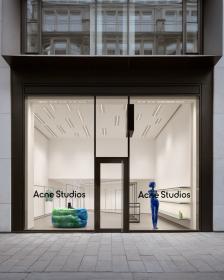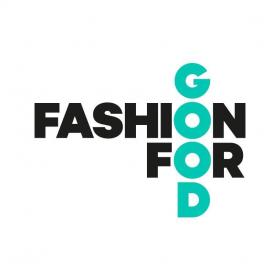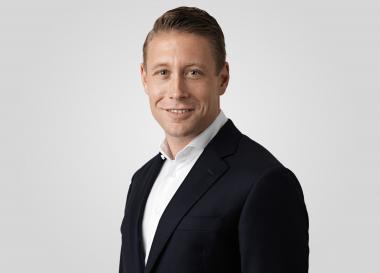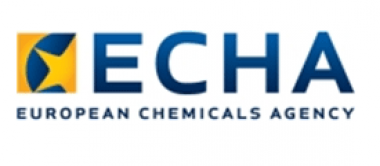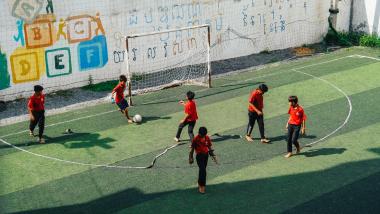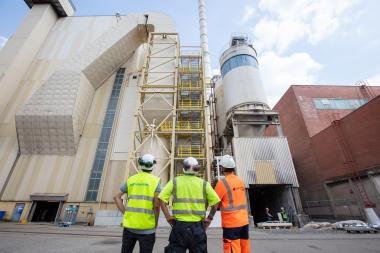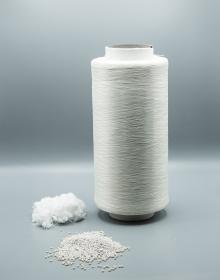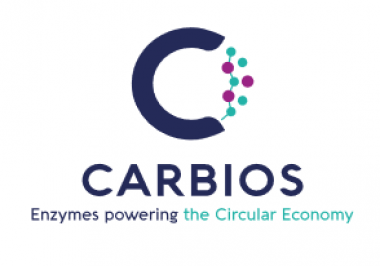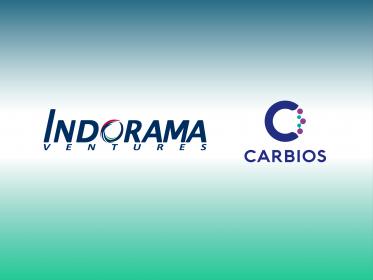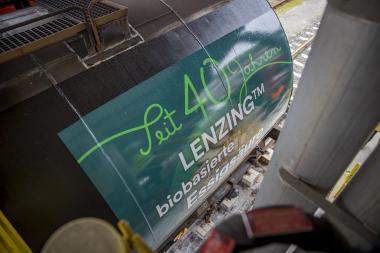Dibella: Carsten Ridder succeeds Ralf Hellmann
Dibella already announced a year ago that there would be a change of managing director in the middle of this year. As of 01.08.2023, Carsten Ridder will fill the position of additional managing director together with Stefan Tenbusch. At the same time, the previous managing director Ralf Hellmann will take on an advisory role in the company.
Carsten Ridder is no stranger to the company and has many years of experience as a committed member of the management. In 2001, the banker and graduate in business administration first joined the sister company Bimeco, before moving to Dibella in 2017 as an authorised signatory and member of the management. During this time, the active shareholder has contributed significantly to the development and implementation of important strategies in the areas of human resources and finance, among others.
Ralf Hellmann will continue to play an important role in the company after his retirement from the management by supporting Dibella in an advisory capacity. His experience and knowledge will remain a valuable resource to ensure the success of the projects already initiated as well as new ones.
Dibella GmbH


